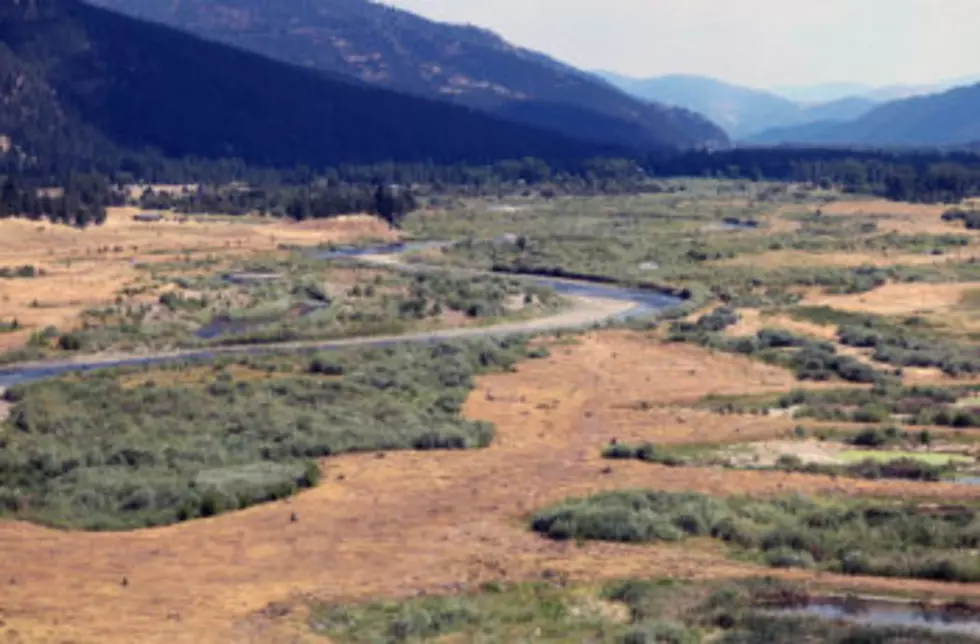
Missoula County lays the groundwork for display of Milltown dam artifacts
Missoula County commissioners this week agreed to transfer the administration of funding earmarked for the interpretation of artifacts recovered from the removal of Milltown dam, and to appoint an advisory committee to recommend any future interpretation.
With interest, the county's historic mitigation account now holds roughly $108,000.
“These funds have been sitting left over from the Milltown historical trust,” said Ellen Leahy, director of the City-County Health Department. “They can only be used for historical preservation purposes related to that site.”
The majority of the funding was provided to the county by the EPA, Arco and NorthWestern Energy after the dam’s removal. The county appointed the Milltown Redevelopment Working Group in 2003 to advise commissioners on ways to expend the funds.
The group drafted its recommendations in 2013 and presented them to the county. But Milltown State Park was still years away and the group’s recommendations sat on the shelf, waiting to see if the park would ever become a reality.
“(The funds) were used early on, right around the time the confluence was being reconnected,” said Leahy. “There was a delay in getting the state park up and running and we had some administrative changes at the Water Quality District. But now we're rejuvenated, the ground is set and we're ready to go.”
Under changes approved by commissioners, the administration of funding will move from the Health Department to Community and Planning Services. Commissioners also appointed an advisory committee to recommend any future use of the funding as it relates to historic preservation.
The dam was located seven miles east of Missoula at the confluence of the Blackfoot and Clark Fork rivers. Copper baron William Clark built the dam in 1908 to power the nearby sawmills in Bonner.
The funding could help pay for the display and interpretation of historic artifacts related to the old structure at Milltown State Park. Many of the items are currently stored in a shed on the property.
“(The shed) is packed to the rafters, and it’s cool old stuff,” said Mike Kustudia, manager of Milltown State Park. “We thought there might be a visitor center built into the confluence. That has sort of fallen out of the mix. But now we’re revisiting it and looking at more modestly priced ways of interpreting those exhibits.”
